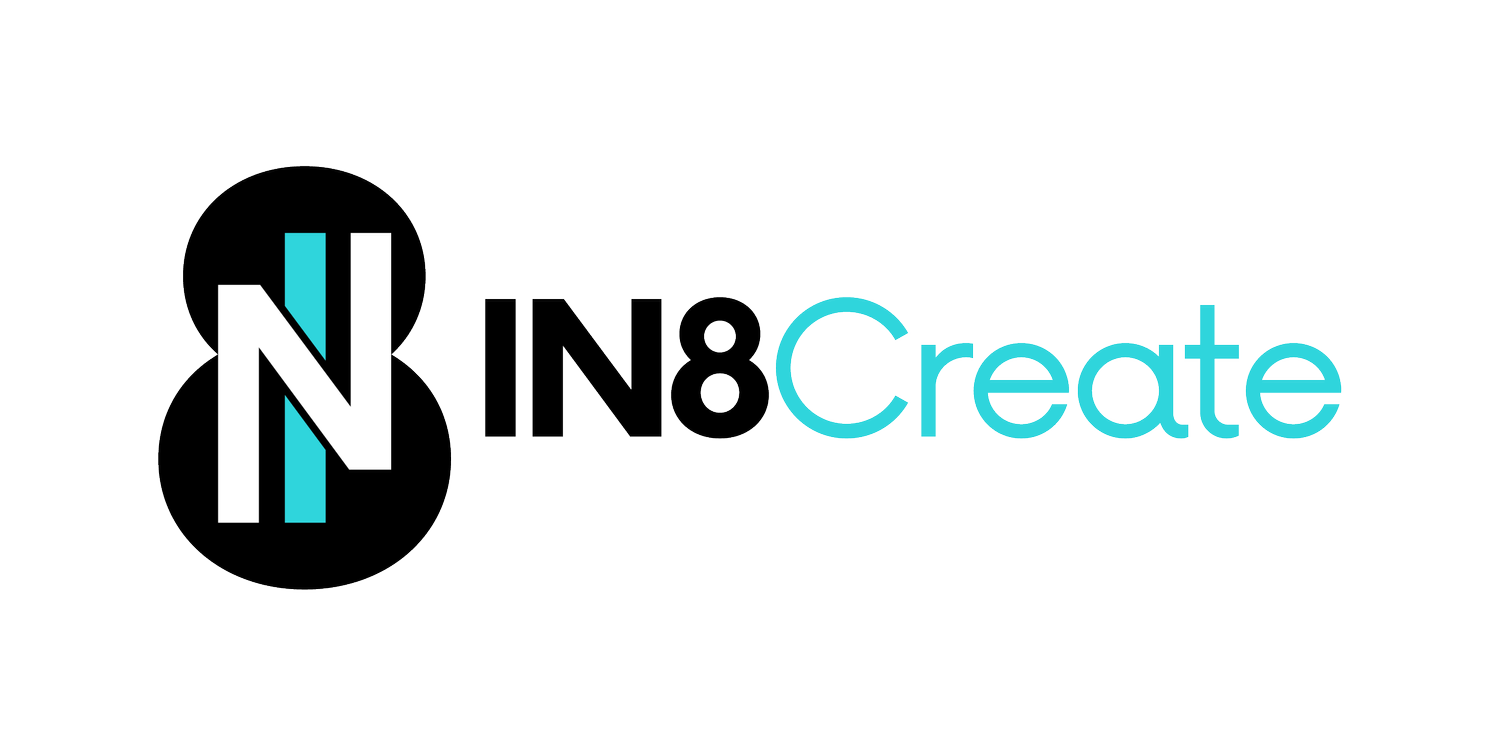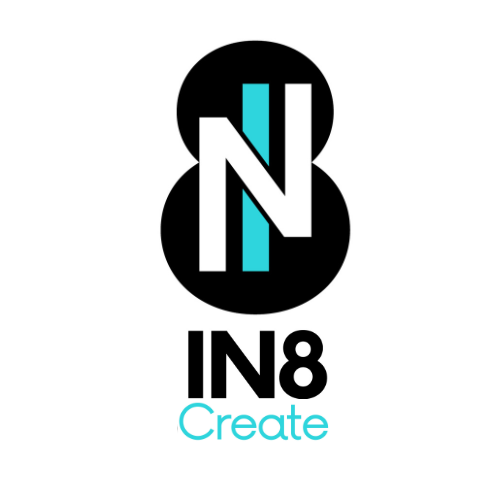What General Relativity Can Teach Us About Teams, Leadership, and Engagement
What Can General Relativity Can Teach Us About Teams, Leadership, and Engagement?
Albert Einstein’s Theory on Relativity states that distances in space and time are relative. They change depending on how fast you are moving.
The key to understanding relativity is perspective.
At a very basic level when variances in measurement can be changed by perspective, the measurements and results can be viewed as relative to the perspective being taken.
This is apposed to something that is absolute or always true, regardless of relative perspective - such as 1 + 1 = 2.
So what does this have to do with teams leadership, and engagement?
You can use the model to better understand work in relative and absolute terms.
Here are three possible applications:
Defining Quality of Work
Gaining Perspective for Decision Making
Measuring Results
Defining Quality of Work
What is good?
The example of relative perspectives here is often the case of leader vs employee. Let’s pick an example that is a thorn in most people’s behind - the presentation deck (A.k.a. PowerPoint). Hours, days, weeks, and even years have been spent re-tooling PowerPoint slides, much of which are graded on a relative perspective. It may be near impossible to create an absolute measurement of good when it comes to judging decks.
When thinking of defining good in this space, you can create objective measures and realize that good is likely a matter of opinion. If you can define what is needed (1 idea per slide, x amount of words, one image/graph, etc…) Then stick to it! You’re teams will thank you and you might get a 10-20% boost in time back and probably a big jump in engagment as people generally loathe re-work on decks due to subjective measures.
Gaining Perspective for Decision Making
This is necessary when relative perspectives are needed to form a larger picture, like pieces in a puzzle. Think of cross functional teams, senior leadership teams, and boards. Each person’s relative perspective is likely very diverse from the others based on their role. Yet to make a big decision, the relative perspectives are needed to assess impact.
The key here is not to label things right or wrong, or create zero sum games where it becomes about winning and losing. Its about gathering the unique perspectives of each unit to inform impacts on the whole. Its possible that some areas and departments might be impacted either positively or negatively based on the decision to be made, yet when framing the discussion as perspective seeking vs debate it can help get the right knowledge on the table and show the best path for the organization.
Measuring Results
This is probably the most obvious and it comes with definite pitfalls. Many of which include using the right data and the right incentives. Take the Wells Fargo fiasco years ago. Teams were incented to sign up new accounts and thus rules, laws, and even general humanity was sacrificed to hit the target at all costs in order to reach a number. Having the right measurement will help curb actions that may not be desirable. . That means spending time to see how all the pieces fit together and if/how anyone might take a relative view to the approach.
Most of the time, you wouldn’t use relative and absolute, you would use subjective and objective. This is simply a mental model to view the topic in a new light.
By framing our work in relative vs absolute terms, we can see clear and actionable objectives, Give people autonomy and direction, and remove the plague of defining better as whatever the leader thinks. This will save time, increase engagement, create a desirable work culture, and likely strengthen performance.



